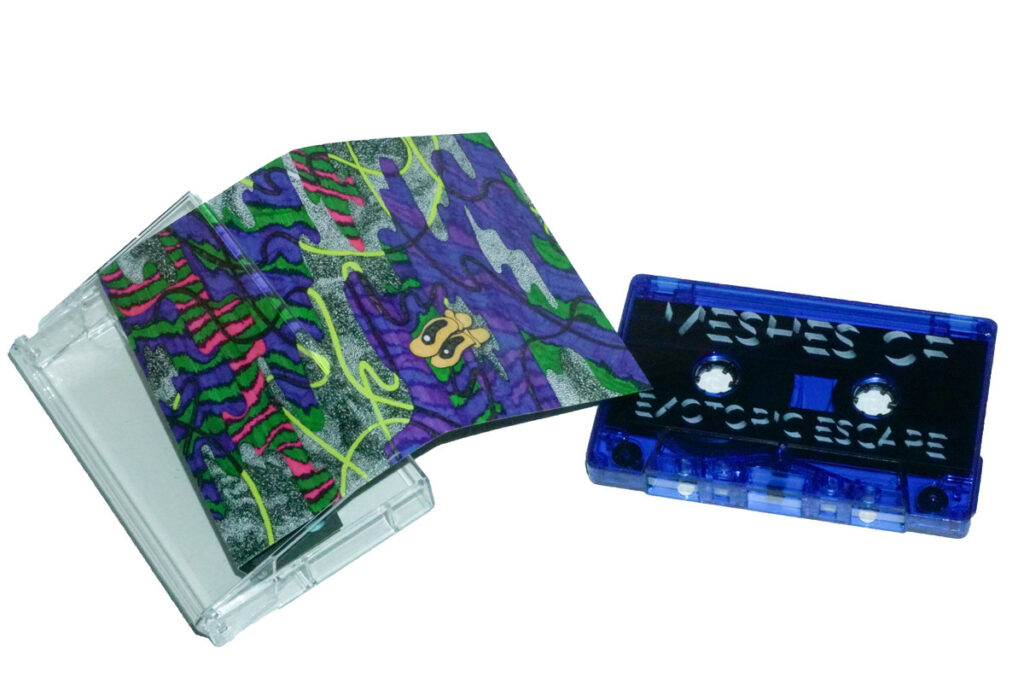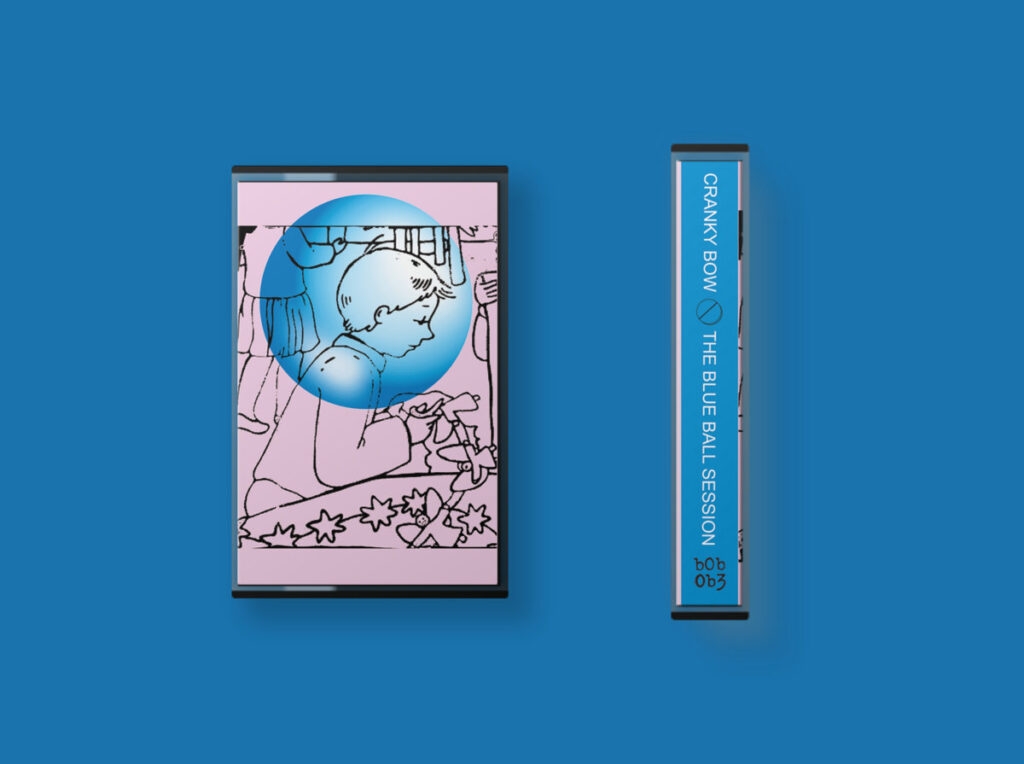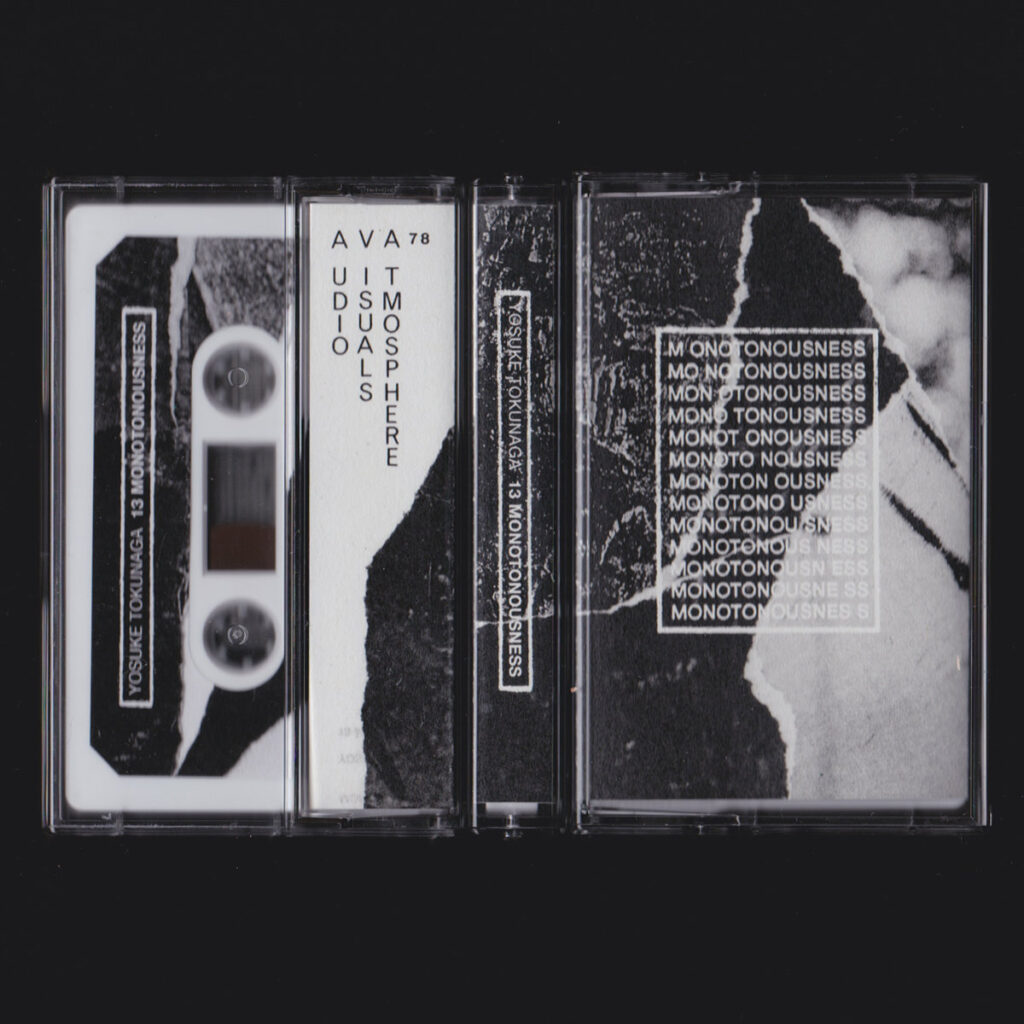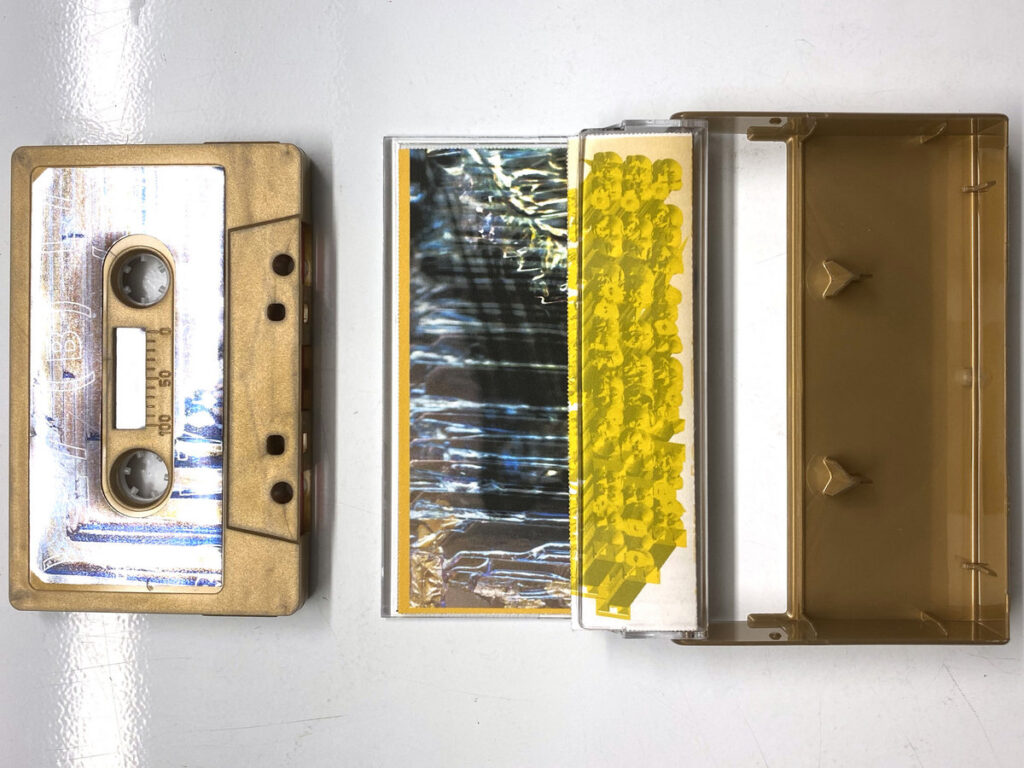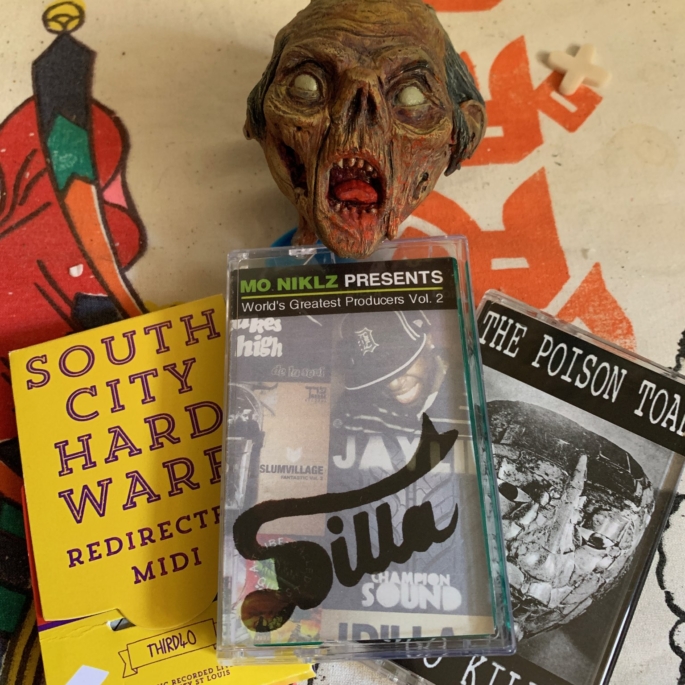10.16.20 by Matty McPherson
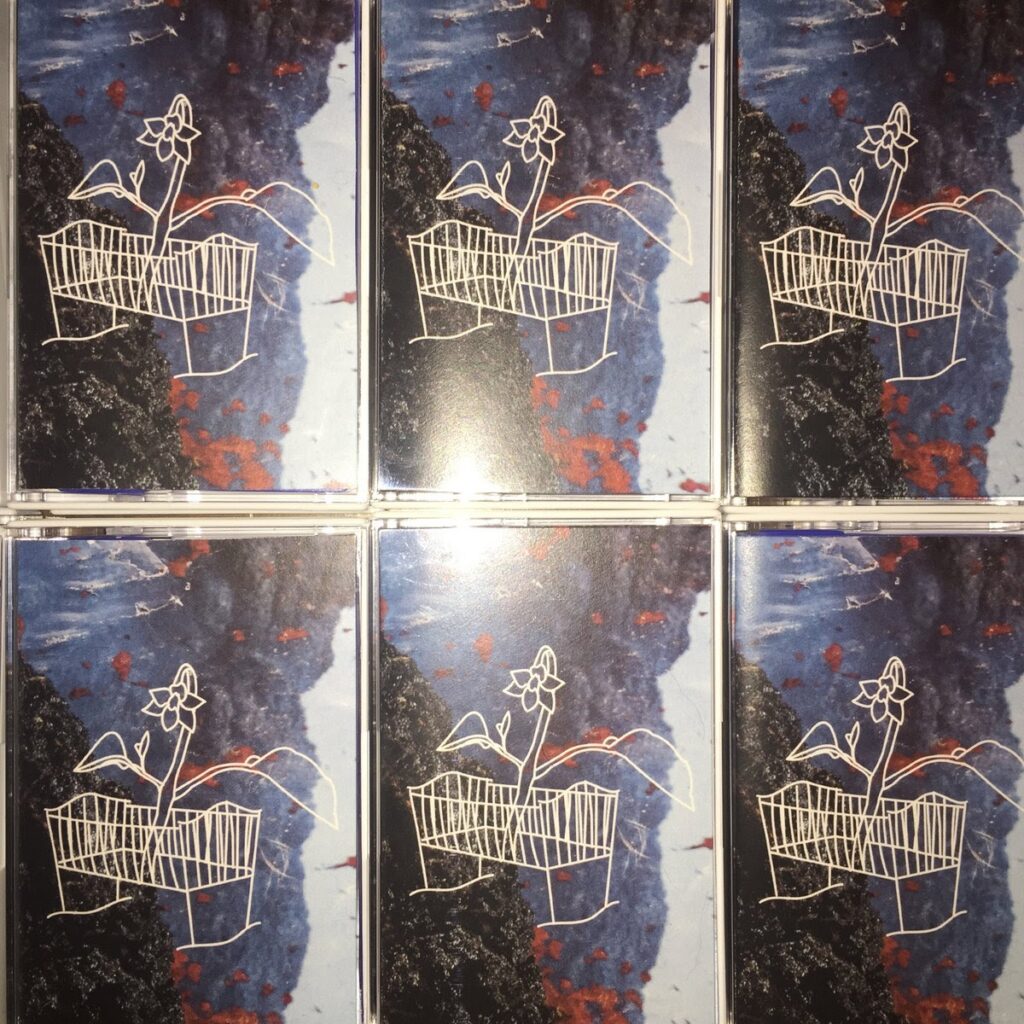
It is officially Fall on the central coast, which means that the fog comes out from the sewers below, nothing more and nothing less. I’d usually report seeing more bodies around, but it seems that everyone is staying in their bedrooms-recording delicate pop on their Tascams or what-have-yous. Yet, the people have always been doing that whether it is the start of fall or end of winter. To quote Superflower, “It’s so quiet down here,” and I know that far too well. Her split with The Cradle, recorded back in February that finally made its way to cassette on the Sarah Laughs label in August and finds both artists capturing auditory diaries of observation and porch gazing balladry.
Superflower (aka Zoie Reamer) has scant information circulating at the moment, mayhaps on purpose. so I’ll stick to what I know best: the sound. Over her four tracks (a 12:25 session you’d swear was 15), Reamer sticks to fickle finger picking folk, that crosses between sleepy echo diary and humble pop. Harmonized overdubs of her voice aren’t just melodic, but turn the lo-fi session into a real batch of raw prowess. Tracks like Sparro give a sensation of galloping through the countryside, even if it is just guitar coming through your speakerbox. The standout moment might just be the educational synth whirl on “Roll Away”, an astral projection that looks inward before transitioning to a steady ditty fit for a singalong.
The Cradle (aka Paco Cathcart), has been around the bush for awhile. Most recently, besides releasing tapes on NNA, Cathcart has been assisting Palberta (and Lily Konigsberg) outflowing of DIY pop. His half of the tape (dubbed Splitting Rocks) can be described in one word: ramshackle (the good kind). Cathcart walks a fine line between twee delight and rudimentary fodder. Yet, upon close inspection, it is easy to see how the Cradle always comes out on top. He’s got a killer sound:a jittery accordion (or a library of minimal sounds) that drones at the rate of a heartbeat, with observational wit that always retains its affability. Highlights include an earnest plea to his mom to listen to “public radio: (“we can watch Rachel Maddow/and then talk about how/the interests of her company/might affect what she says on TV”), a “nice innocuous joke” towards two clerks over the merits of which corporate coffee is preferred, and a genuine excitement at being funny (“hahaha”).
All together, the 12-track tape (4 for Superflower and 8 for the Cradle) is exactly the kind of mid-day pick me up for the inner pop lover in all of us. Pass along to your college radio friends and have them turn “public radio” into the anthem of our time.

